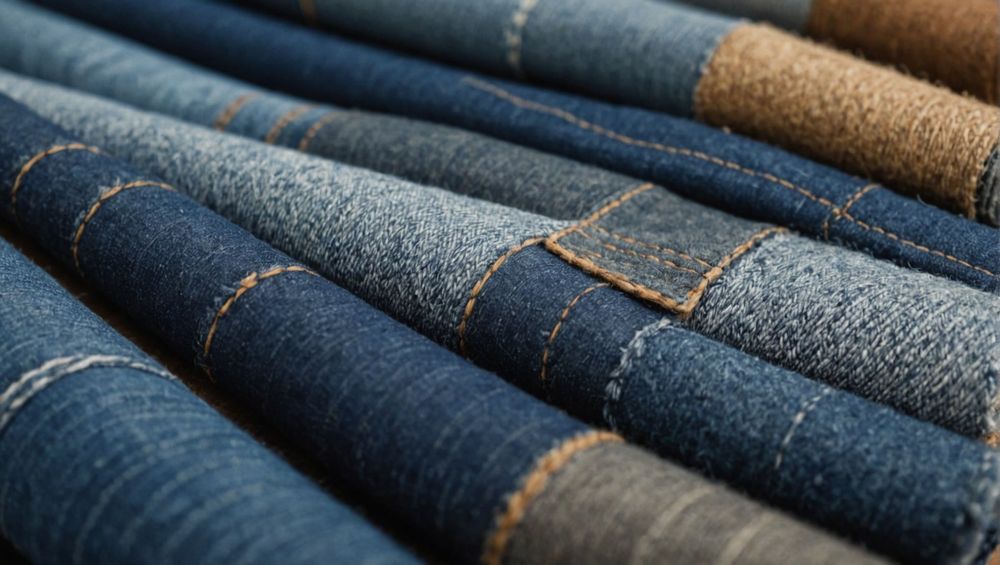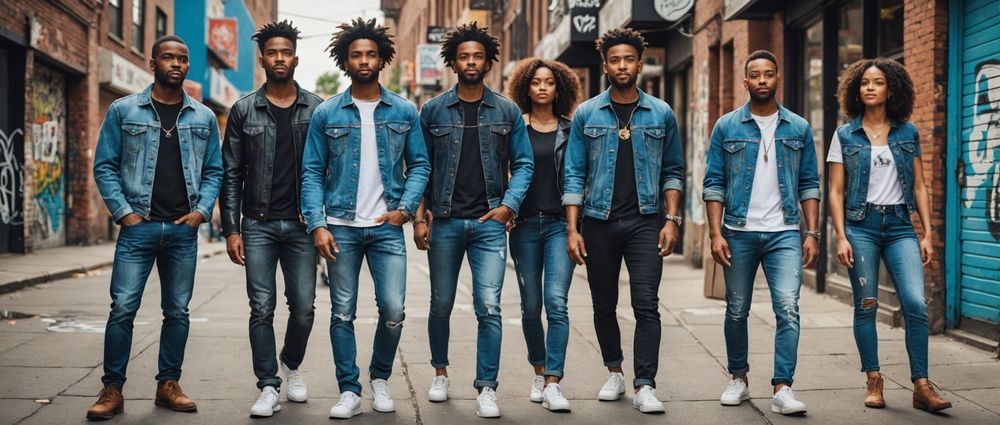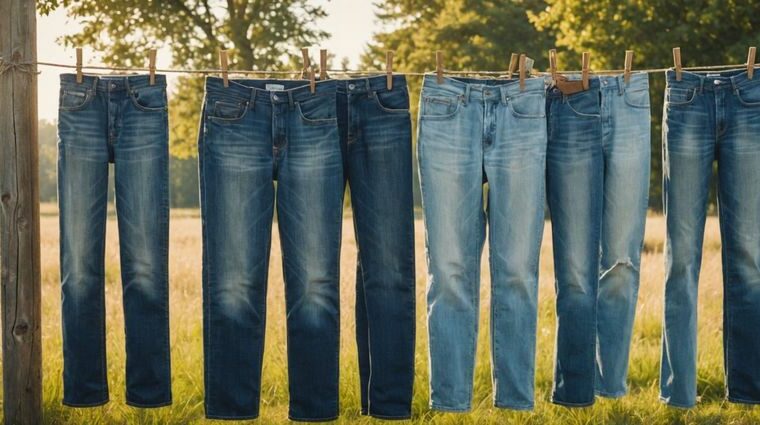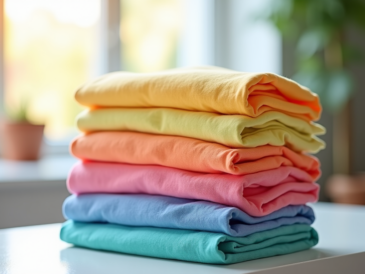Blue jeans are a staple in fashion worldwide, but there’s much more to these iconic garments than meets the eye. From their interesting history to their environmental impact, blue jeans hold surprises that many people don’t know. In this article, we will delve into five intriguing facts about blue jeans that will enhance your appreciation for this timeless wardrobe essential.
The Origins of Blue Jeans

Many might think of blue jeans as a standard casual attire, but their origin story is quite remarkable. Blue jeans were invented in the 19th century by Levi Strauss and Jacob Davis, initially designed as sturdy workwear for miners during the Gold Rush. They chose denim fabric for its durability and reinforced pockets with rivets to withstand the strenuous working conditions. This practical approach made blue jeans famed among laborers, but it wasn’t until the 1950s that they became a symbol of rebellion and youth culture. Celebrities like Marlon Brando and James Dean popularized jeans in movies, solidifying their status in American pop culture. Today, jeans are not just workwear; they have transcended to become a global fashion phenomenon.
Different Types of Denim

Not all denim is created equal; there are various types you may have never heard of. Here’s a list of some notable denim types:
- Raw Denim: Unwashed and untreated, this type develops a unique patina over time as it molds to the wearer’s body.
- Selvedge Denim: This type is made on old-fashioned shuttle looms and features a clean edge that prevents unraveling.
- Stretch Denim: Blended with elastane, this fabric offers added comfort and flexibility, widely popular for its style and appeal.
- Washed Denim: Treated with water and chemicals, washed denim is softer and often comes with a faded look.
Each type of denim has its distinct characteristics and can dramatically alter the look and feel of your jeans. Knowing the differences can help you make more informed choices when shopping for your next pair.
The Environmental Impact of Jeans
While blue jeans are fashionable, their production often comes with a hefty environmental cost. The denim industry consumes vast quantities of water, with the average pair of jeans requiring about 1,800 gallons of water to produce. Furthermore, the dyeing process often involves toxic chemicals that can pollute local water sources. In recent years, many brands have begun to adopt more sustainable practices, such as using organic cotton, eco-friendly dyes, and water-efficient manufacturing methods. These changes aim to reduce the ecological footprint of jeans and promote responsible consumerism. By choosing sustainably made jeans, consumers can contribute to a healthier planet while still enjoying their favorite fashion pieces.
Jeans in the World of High Fashion
It’s fascinating to see how blue jeans have evolved from workwear to high fashion. Designers like Dior, Gucci, and Balenciaga have embraced denim, incorporating it into their high-end collections. The transformation of jeans in luxury fashion events signifies that they are no longer confined to casual settings. High-fashion denim is often characterized by unique designs, embellishments, and innovative cuts, appealing to fashion-forward consumers looking for both style and comfort. The rise of vintage and thrift store shopping has also underscored a renewed appreciation for jeans, encouraging sustainable fashion choices. This dynamic evolution showcases denim’s versatility and ability to adapt to changing fashion landscapes.
Cultural Significance of Blue Jeans
Blue jeans have transcended borders and cultures, symbolizing freedom, rebellion, and individuality. In the 1960s and 70s, jeans became a uniform for countercultural movements, associated with anti-establishment sentiments. They’ve appeared prominently in art, music, and literature, reflecting societal changes over decades. Fashion icons and music legends have donned blue jeans, embedding them into cultural identity. Even today, jeans are a form of self-expression, allowing people to showcase their personal style. By understanding their cultural significance, we can appreciate blue jeans not just as clothing, but as an integral part of social change and identity.
Conclusion
Blue jeans are more than just a casual wardrobe choice; they are a complex blend of history, culture, and innovation. From their rugged origins to their current status in high fashion and sustainability, blue jeans continue to evolve while maintaining their appeal. By becoming more aware of the facts and implications surrounding this beloved garment, you can make more informed choices and appreciate the story behind your favorite pair of jeans.
FAQs
- What is the origin of blue jeans?
Blue jeans were invented in the 19th century by Levi Strauss and Jacob Davis as durable workwear for miners. - How has jeans’ environmental impact changed?
Many brands are now adopting sustainable practices, such as using organic materials and water-efficient production methods. - What are some types of denim?
Types of denim include raw denim, selvedge denim, stretch denim, and washed denim, each with unique features. - Can blue jeans be considered high fashion?
Yes, many high-end designers have incorporated denim into their collections, elevating its status in the fashion world. - Why are blue jeans culturally significant?
They symbolize freedom, rebellion, and individuality, having played a significant role in various social movements over the decades.





